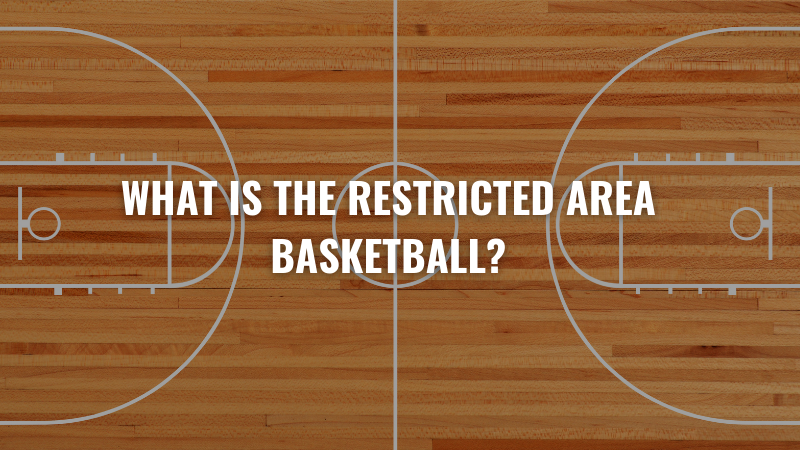In basketball, the restricted arc is an area on the key deemed four feet from the basket that a defensive player cannot draw a foul if contact is made within a moving offense. The restricted area ensures a defender can’t hack a ball carrier charging to the basket. Read more to find out the important facts about restricted area basketball.
Game Knowledge: Learning What is a Restricted Area Basketball
There are instances when a momentum-swinging play does not come from a timely bucket and one of the most common cases of which is a blocking foul or a charge. For starters, this concerns the positioning of a defender and an offensive player when both collide underneath the basket. When this happens, the usual determiner on who committed a violation is the restricted area in basketball. To get a better grasp, here is what you need to know.
In-depth definition of Restricted Area Basketball
The restricted area in basketball is a painted area slightly ahead of and behind the free throw line. When a player drives to the basket he must stop within this area or risk going out-of-bounds. Offensive players get to the paint area ahead of their defender, and if they drive faster than their defender, they have a better chance of getting clear space to shoot a free throw. If the defender gets too close, his feet can touch the floor before he has reached the restricted area which allows for a called charge.
This area is also known as the paint. It is believed by some to be the most difficult surface to defend on for an NBA player because of the close proximity of the player and the basket. This rule was put in place to increase scoring and reduce injuries. In essence, it creates an area where players can try to drive through without getting fouled as much as possible which leads to more traffic and faster-paced plays.

13 STEPS TO GETTING RECRUITED FOR COLLEGE BASKETBALL
Do you have goals to play at the college level, but don’t have the recruitment you want or need to get there? Or maybe you have some recruitment, but it’s not at the level you dream of playing at?
Having a blueprint of the exact steps you need to take your recruitment to the next level will help you find your missing piece and create a clear path to your goals.
Importance of knowing the Restricted Area Basketball
The restricted area in basketball was created to prevent unnecessary player-player collisions when a driver drives hard to the basket. The restricted area was created to protect offensive players who pressure defenders with speed and aggression to get a better scoring position. Furthermore, a defensive player can not interfere by blocking or charging into the restricted area. This area also specifies where defending players are not allowed to force penalize charges committed by an offensive player.
Possible Fouls
There are several valid reasons why a foul should not be called on a drive within the restricted area of the court. The traditional view is that the defender has an obligation to protect the basket and therefore must maintain position there. If a player is completely outside the restricted area but has a reasonable opportunity to score a layup or free throw, there should be no charging foul.
The primary rule for driving violations is that there must be contact between the foul and the ball for it to be a foul. Fouls that occur while the ball is in mid-air or above the perimeter will not count and are called just as soon as the contact comes within the restricted area.
Pay attention to the rules!
Dimensions of the Restricted Area Basketball
The dimensions of the restricted area basketball varies depending on the type of league or competition. Check out more details below.
In NCAA
The restricted area in the NCAA measures three feet out in every direction from the basket. A player who does not have his/her foot on the floor within that space is out of bounds. This is strictly enforced because of the constant contact that goes on inside this space.
In NBA
In the NBA, the restricted area measures four feet out in every direction from the basket. That means when you’re in this part of the court, you will not be able to get a defensive charge or block/charge towards a player in order to stop their shot or drive to the hoop.
Pay Attention to Positioning
Just like any rule in basketball, knowing what the restricted area is in the court will help you and your teammates make the right strategies to make more shots and avoid violations. So, the next time you study this sport, make sure to familiarize yourself with this term!

